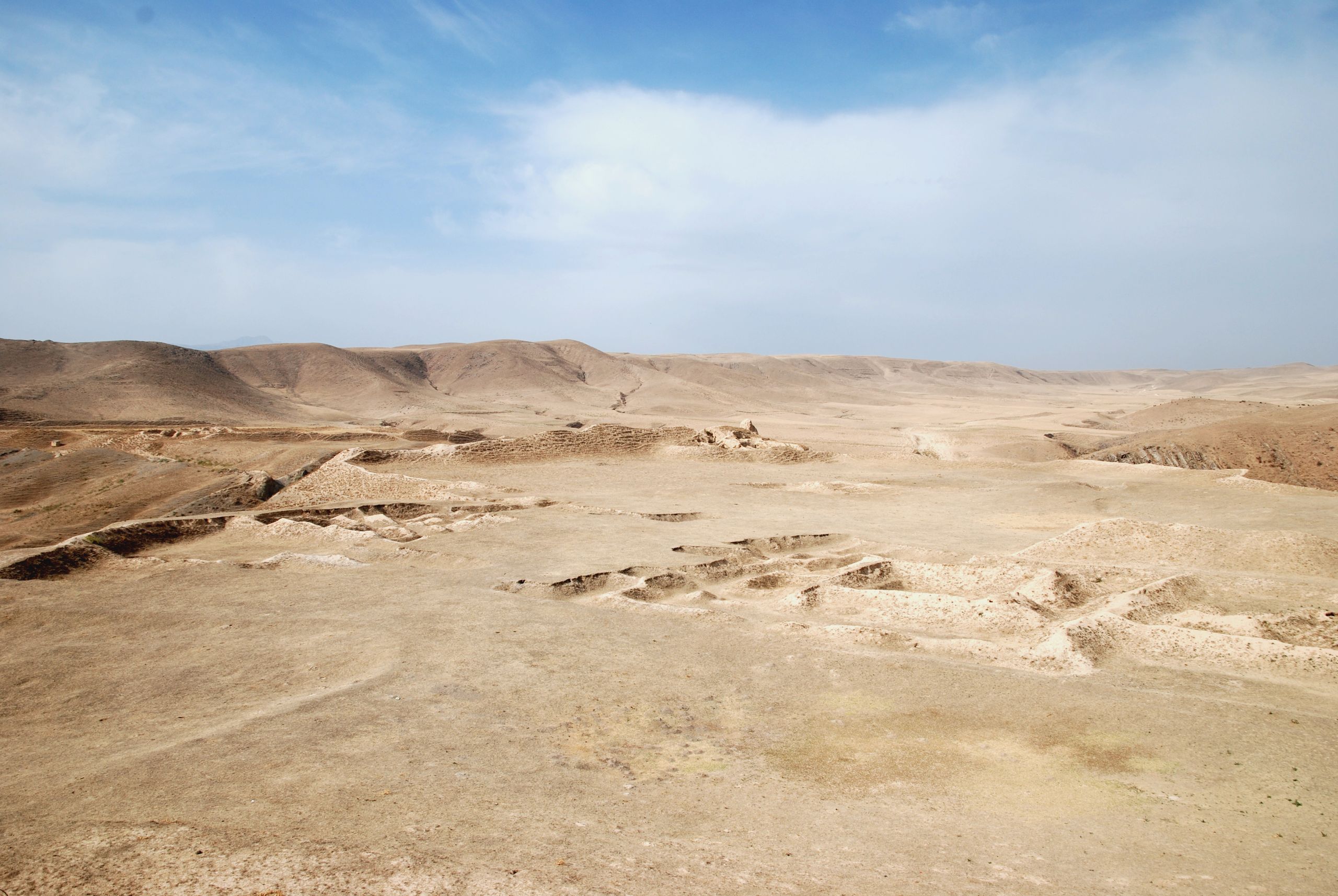The Bunjikat archaeological site, nestled in the heart of modern-day Tajikistan, is a window into the ancient world. It offers a glimpse into the lives of the people who thrived in the Sogdian civilization. The ruins, which include a citadel, palace, and residential quarters, are a testament to the region’s historical significance. The site’s discovery and subsequent excavations have provided valuable insights into the cultural and architectural practices of a bygone era.
Historical Places
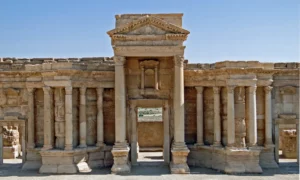
The Roman Theatre at Palmyra
The Roman Theater of Palmyra stands as a testament to the architectural grandeur of ancient civilizations. Nestled in the heart of the Syrian desert, this majestic structure once echoed with the voices of actors and the applause of spectators. Today, it serves as a poignant reminder of Palmyra’s historical significance and the cultural crossroads it represented in antiquity.
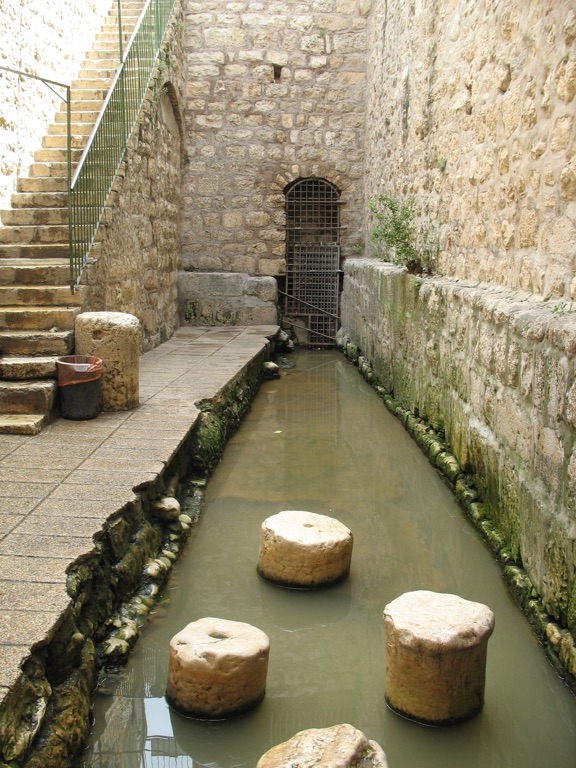
The Pool of Siloam
The Pool of Siloam is a significant archaeological site located in Jerusalem. It is famed for its biblical associations, particularly in the New Testament, where Jesus healed a man born blind. Archaeologists uncovered the pool, revealing its complex history and importance in ancient Judean society. It served not only as a ritual bathing site but also as a vital water resource. The pool’s discovery has provided valuable insights into the engineering prowess of ancient civilizations and the religious practices of the time.
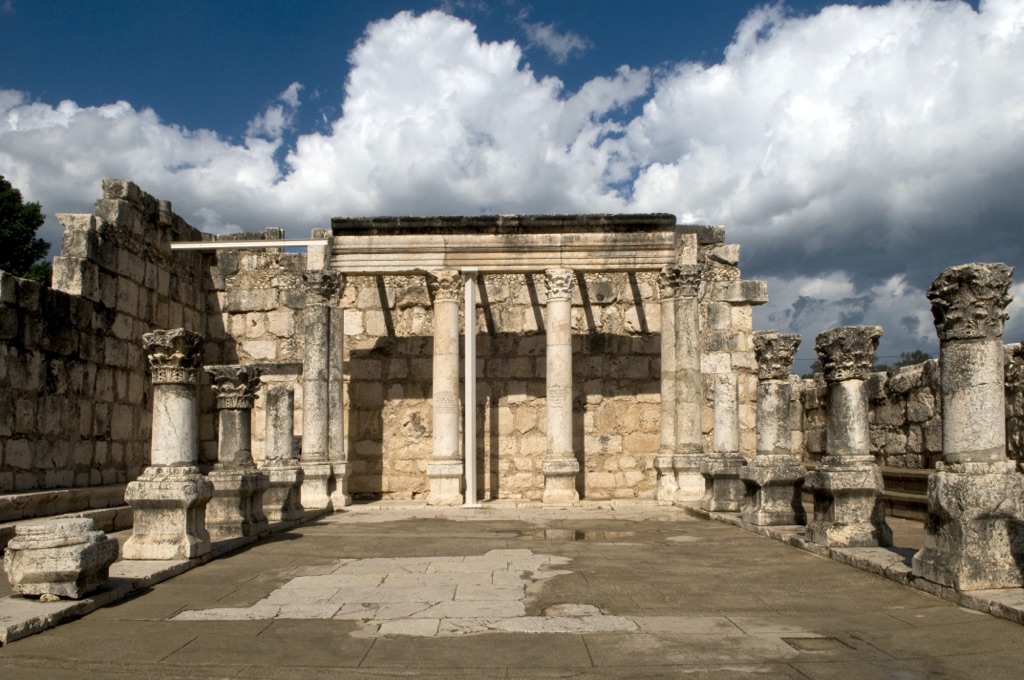
Capernaum Israel
Capernaum, located in Israel, is a significant archaeological and historical site. Once a bustling fishing village on the northern shore of the Sea of Galilee, it holds religious importance, especially in Christianity. It is mentioned in the New Testament as a place where Jesus performed miracles and taught in the local synagogue. Today, Capernaum is a treasure trove for historians and archaeologists, offering insights into ancient life and early Christian history.
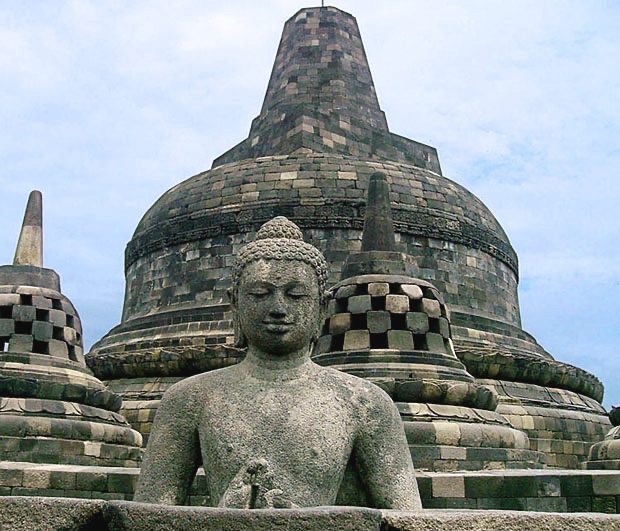
Borobudur Indonesia
Nestled in the lush landscapes of Central Java, Indonesia, Borobudur stands as a testament to the region’s rich history. This magnificent Buddhist monument, dating back to the 9th century, is a marvel of cultural heritage. Crafted meticulously from two million stone blocks, it offers a unique three-dimensional guide to Buddhist principles through its reliefs and statues. Visitors to Borobudur embark on a spiritual journey, ascending through its levels that symbolize the Buddhist cosmos. The stunning stupas that crown the structure are not only architectural feats but also represent the state of Nirvana, making every visit an introspective experience.
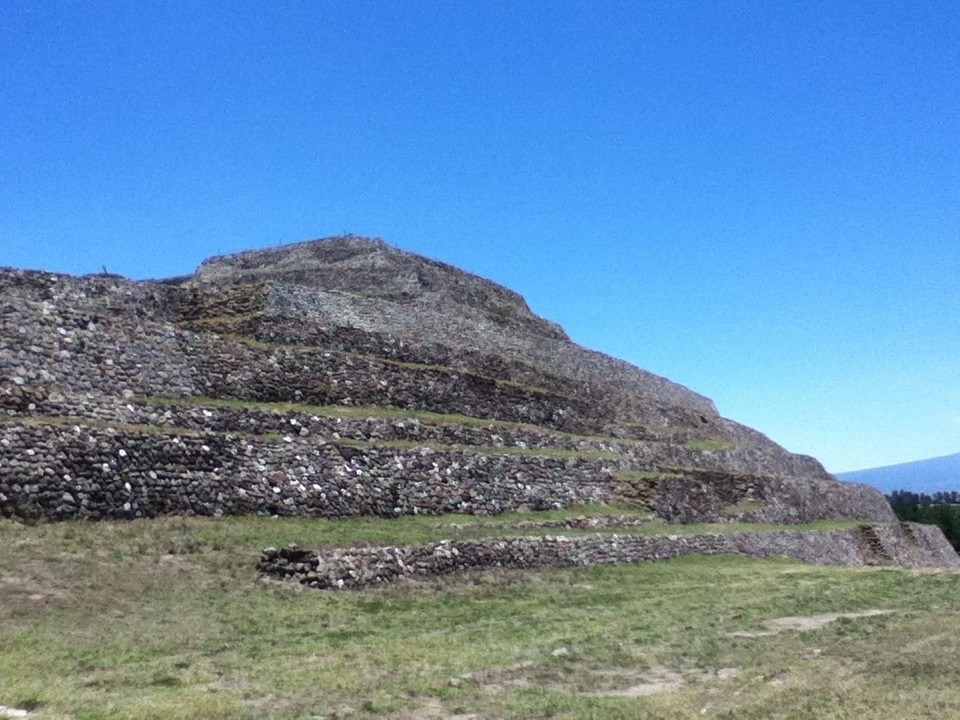
Xochitecatl
Xochitecatl is a site that breathes history, nestled on a hill in Tlaxcala, Mexico. It is famous for its unique circular pyramids, which are rare in Mesoamerican archaeology. These ancient structures served as important religious centers, conducting ceremonies to honor the gods and ensure agricultural prosperity. Contrary to many other sites, Xochitecatl’s elevation provides strategic views, suggesting a strong cultural and military position. This intriguing site has been a keystone in understanding the pre-Columbian societies that once thrived here.

